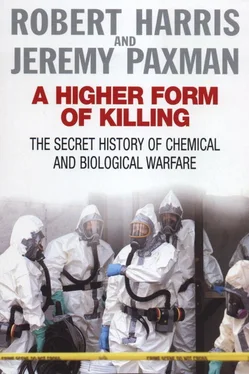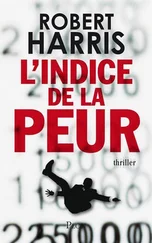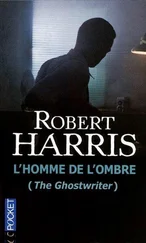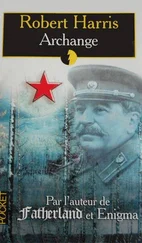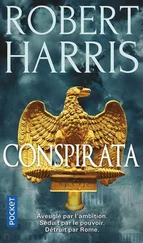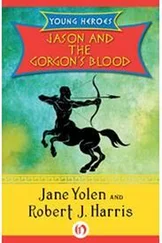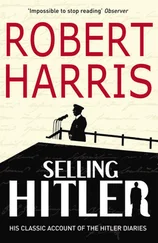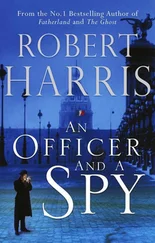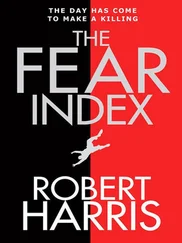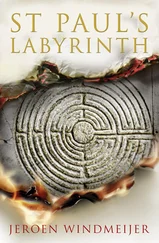The menacing cloud of greenish-white gas swirled over the British positions as it had over the French and Canadian, but this time at a totally unexpected density. The chlorine reached a concentration which proved fatal a mile and a half away; it was still strong enough to cause vomiting and smarting of the eyes nine miles from the front. Three miles back, at Ypres, houses and trees were completely blotted from view and the cellars of the hospital ‘became filled with a fog’. In the trenches themselves – only a few hundred yards from the cylinders – the gas produced desperate scenes, as General Wilson recorded:
At first men used their respirators correctly, but as they became choked with gas the men re-dipped them in the solution which was distributed along the trenches.
As the gassing continued, the men became excited and could not be prevented from putting the respirators to their mouths without squeezing them dry, the result was that the men could not breathe through the saturated respirators and, thinking they were being suffocated by the gas, dipped them at shorter intervals, breathing hard between the dips instead of holding their breath, with the inevitable result that they were rendered unconscious by the gas. 9
The attack lasted for over four hours. During the next few days, nearly three and a half thousand men were treated for gas poisoning; more than half of them had to be sent home to England. There were no figures for the number of dead.
Two days later, on 26 May, a strange figure clad in a uniform ‘bearing tell-tale marks of long association with mud and barbed wire’, a cap split by a shell splinter and a pistol strapped to his belt, appeared at the Advanced General Headquarters of the British Army at Hazebrouck. Major Charles Howard Foulkes of His Majesty’s Royal Engineers had an appointment with General Robertson, Chief of Staff to Sir John French. It was an interview, Foulkes later recalled, of few words:
‘Do you know anything about gas?’ he asked, to which I replied quite truthfully, ‘Nothing at all.’ ‘Well, I don’t think it matters,’ he went on; ‘I want you to take charge of our gas reprisals here in France. Something is going on in London and you must cross over and find out all about it. Then come back here and tell me what you propose to do’; and with this I was dismissed. 10
The British Army had, in Foulkes, appointed as ‘Gas Adviser’ a figure seemingly straight from the pages of Kipling or Rider Haggard. Foulkes was one of seven sons of a British chaplain in India, all of whom grew up to serve the Empire, and five of whom were buried overseas. By the time of his appointment in 1915 Foulkes was forty. He had spent twenty-three years in the Army, and had seen service in Sierra Leone. (‘The White Man’s Grave’ where he had twice nearly died of malaria), Gambia, the Gold Coast, South Africa, the West Indies, Nigeria and Ceylon. During the Boer War he had devised bicycle-mounted photo-reconnaissance equipment and several times narrowly escaped being shot while photographing Boer positions. In 1902, posing as a newspaperman and ostensibly covering the eruptions of the Mont Pêlee volcano, he had secretly photographed the French fortification in Martinique for the Secret Service. In the same year, travelling on horseback and by canoe, he penetrated deep into hostile and largely unexplored country to chart the boundary between Northern Nigeria and the French Sahara. A big game hunter, a First Division football player (for the Scottish side, Heart of Midlothian), a competitor at the 1908 Olympic Games, this remarkable, archetypal son of the Empire was to crown his career as ADC to the King and die in his bed – in the same year that men landed on the moon – at the age of ninety-five.
In 1915 the task facing him was to tax even his ingenuity to the utmost. The British High Command wanted gas ready to employ in their autumn offensive. Foulkes had five months to devise a gas weapon, get it into production, recruit and train men to use it, and work out how best to employ it. Fortunately for the British, these attempts would not be hampered by further German gas attacks. After the attack on 24 May, the wind began to blow from the west, and the Germans transferred their Gas Corps to the Eastern Front, where it was employed with devastating results against the ill-equipped Russian Army. Apart from two attacks against the French in October, no more gas was discharged against the Allies in France until December.
The major problem confronting Foulkes was the one which he, as a soldier, could do least about: the weakness of the British chemical industry. There was nothing in the United Kingdom, or even in the rest of the world, remotely to match the productive capacity of Germany’s eight giant chemical combines huddled together in the massive concentration in the Ruhr known as the Interessen Gemeinschaft – the IG.
To fight a war with poison gas requires highly efficient massproduction, a demand which the IG (then capitalized at an estimated $400 million) was ideally suited to meet. Most First World War gases could be manufactured in bulk using the methods and machinery normally employed in making dyestuffs. By the start of the war, Germany had a virtual world monopoly in the production of dyes; Britain on the other hand could produce only a tenth of what she needed. The imbalance was to be a serious handicap to the Allied chemical warfare effort, which right up to the end of the war lagged behind the efficiency of their enemy’s. Indeed it was this unchallengeable superiority in chemical production, together with the fact that the British naval blockade was starving them of supplies of nitrate for making high explosive, that first led the German High Command to contemplate using gas.
They had introduced a form of tear gas (called T-Stoff after its inventor, Dr Tappen) on the Russian Front in January 1915. T-Stoff, one of the precursors of modern riot gas, was considered just within the scope of weapons permitted by the Hague Convention. The Allies had similar weapons. In March, the French, on the initiative of a conscripted policeman, introduced tear gas cartridges and grenades. The British were developing a ‘stink bomb’ for clearing dug-outs named ‘SK’ after South Kensington where it was invented. In the stress of war, it seemed but a short step from the use of gases which ‘incapacitated’ men by temporarily blinding or choking them, to the introduction of lethal agents.
The introduction of chemical warfare was in fact actively canvassed by the IG cartel from the outset of the war, most notably by its head, Carl Duisberg. An ‘imperious Prussian who would not tolerate dissent in either his personal or his business life’, 11a man who (specifically) spoke of and believed in the ‘Führer Principle’ long before Hitler was ever heard of, Duisberg belonged to the scientific and industrial elite whose skill and unscrupulousness was to enable Germany to fight the world for ten out of the next forty years.
The chemical industry was the foundation of Germany’s war machine. Without Duisberg’s factories’ discovery and mass production of synthetic nitrates, the Kaiser would have been forced to sue for peace in 1915. Now, the initiation of poison gas warfare promised both to strengthen further the IG’s position in Germany, and to revive the moribund dye industry, which had been at a virtual standstill since the start of the war. Duisberg urged the employment of chemical warfare at a special conference of the German High Command in the autumn of 1914 and he personally investigated the toxicity of the various war gases. (Later he arranged for the offices of his own company, Bayer, to be decorated with a giant frieze depicting all the various aspects of the factory’s war work: one panel showed gas being made, another shells being filled, a third gas masks being assembled. At the end of the war he proudly displayed this work of art to a bemused Allied officer.)
Читать дальше
